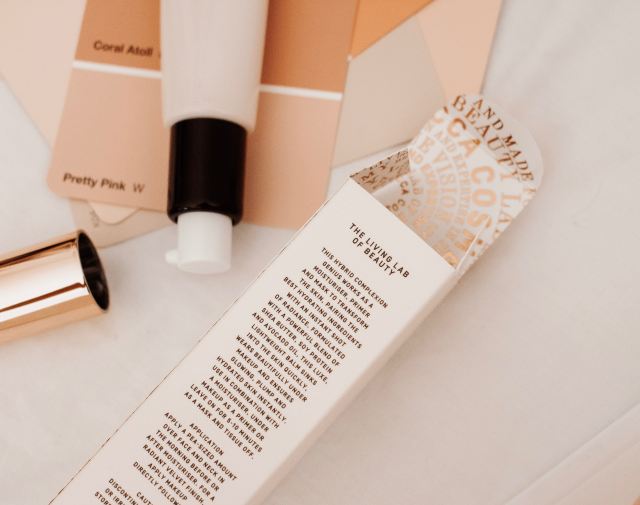
GlobalData’s Q3 2021 Global Consumer Survey found that 69 per cent of consumers feel the sustainable sourcing of packaging materials is important, but nearly a fifth believe that information provided by companies on packaging sustainability is unreliable.
It mentioned that the sustainability of materials is a complex issue, and that the vast number of claims and information shared by companies regarding their sustainability efforts can create misconceptions.
GlobalData consumer analyst Hannah Cleland breaks down key packaging material’s environmental benefits and challenges:
Single-use plastics
“Over the last few years, the first port-of-call when it comes to making your business sustainable has been to start recycling single-use plastics. While recycling is better than throwing them straight to the trash, plastic can only be recycled a couple of times before it becomes unusable and ends up in a landfill regardless. Therefore, businesses focusing on this method alone may simply be delaying pollution, rather than averting it,” Cleland said.
According to her, companies such as Coca-Cola and Danone are advocating the use of recycled polyethylene tetraphyte (rPet), which can be recycled more times than the often-used low-quality polymers.
She mentioned that while this is not a long-term solution, it does support brands that rely heavily on rigid plastics in addressing the issue while they innovate new formats, such as Coca-Cola’s partnership with Paboco to develop a 100 per cent paper bottle, which was trialled in Europe in February.
“Another innovation is polyvinyl alcohol (PVOH), a water-soluble option that is increasingly being used for bags, sachets and pouches. As a biodegradable option, it has potential to reinvent perceptions around plastic use, as well as help to relieve mounting pressure from plastic waste on countries that don’t have a strong recycling infrastructure. This also reduces the economic and environmental costs of collecting, sorting, cleaning, and reprocessing plastic waste, which can sometimes outweigh the cost of using virgin materials and discourage companies to partake in recycling,” she said.
Glass
“People often think back to times when products such as milk were packaged in reusable glass and wonder why companies don’t just return to that. Similarly, there was a rise of supermarkets using fill-your-own containers for products such as pasta,” Cleland said.
“However, due to glass’s heavy weight, it is costly to transport and results in a significant carbon footprint. Further, while refillable or reusable systems avoid the use of extra packaging, there can be hygiene implications. There is a 50/50 consumer split in whether refillable packaging is hygienic.
“InBev claims to have developed the world’s lightest beer bottle to cut transportation emissions. The redesign reportedly cuts the CO2 emissions of the brand’s standard longneck beer bottle by 17 per cent per bottle, which will go a long way in helping AB-InBev reach its 2025 climate action goals while retaining the premium image associated with glass.”
In GlobalData’s survey, glass was the most preferred material for alcoholic drinks, at 53 per cent, as it tends to signify a premium/quality product. As such, Cleland said large drinks manufacturers will be looking for ways to keep using glass while keeping costs low.
Paper/board
“One big myth of today’s recycling efforts is around paper and cardboard. Many governments have given the people the power to recycle by providing a paper and cardboard bin, which allows consumers to feel that they do their bit. However, it is less known that paper and cardboard has a limited recycling lifespan, and that the recycling process itself can be costly,” she said.
“The COVID-19-driven e-commerce boom shot demand for corrugated board through the roof, and spurred highly volatile pricing in the timber market. This higher demand is not only problematic for packaging companies but leads to more waste and a higher number of trees needed to produce the packaging.”
Cleland said this shortage and consequent inflation is expected to be an issue for the next few years; although the supply chain will eventually readjust to the cardboard demand, current supply challenges paint a bleak picture for packaging providers in the short term, who may need to shift to alternative materials in the meantime regardless of their environmental credentials.
Alternative pack materials
“There is much room for material innovation within sustainable packaging, however, there isn’t a one-size-fits-all solution for their application. Companies such as BioPak are developing bio-derived polymers like sugarcane-based polyethylene terephthalate (PET), but this endangers rainforests,” Cleland said.
“There are similar ethical concerns surrounding materials such as using lobster shells and fly larvae as synthesised PET. Compostable materials and even seaweed-based edible beverage packaging are also being developed.”


